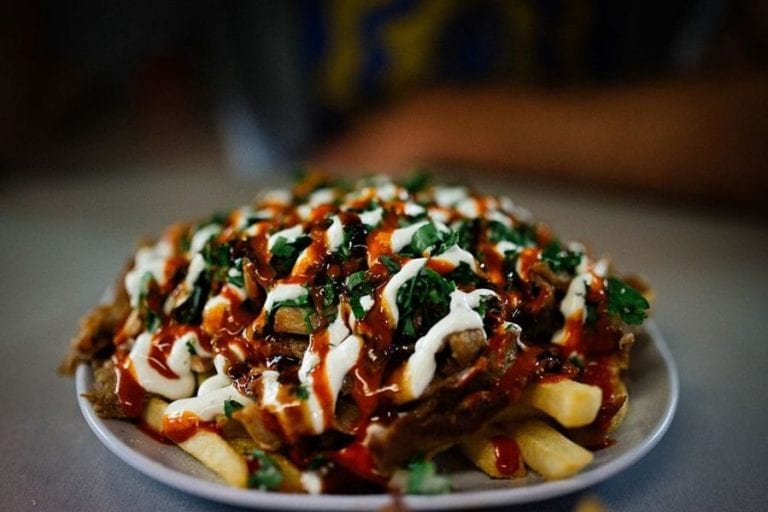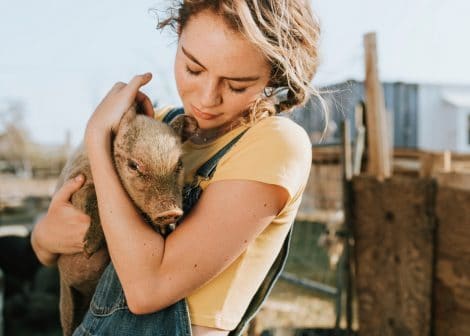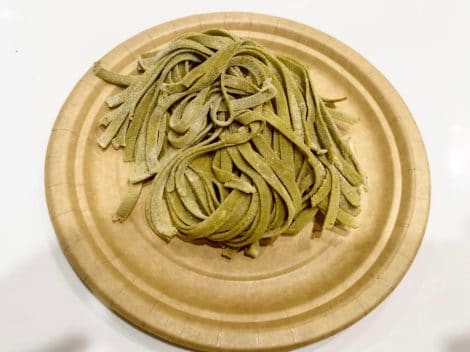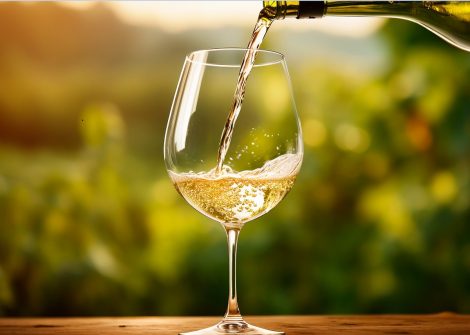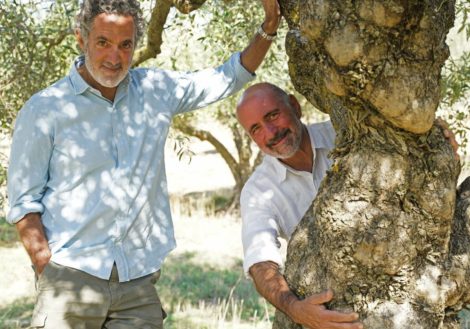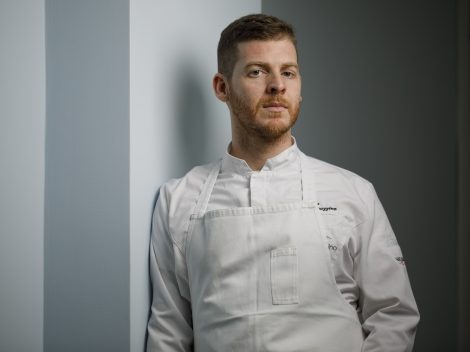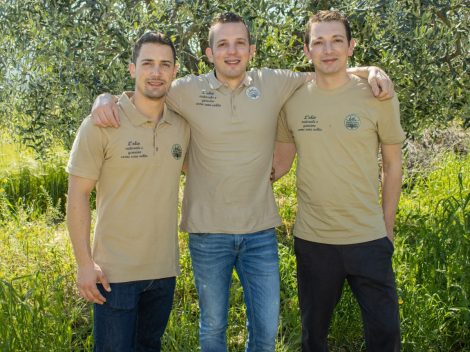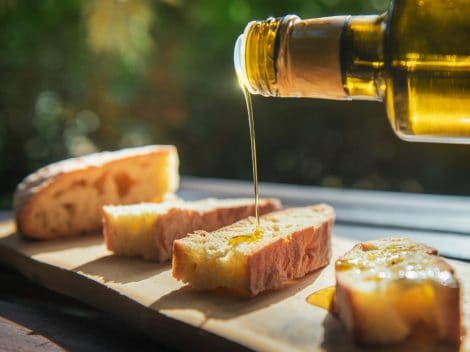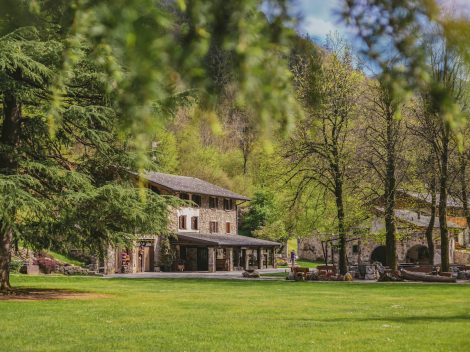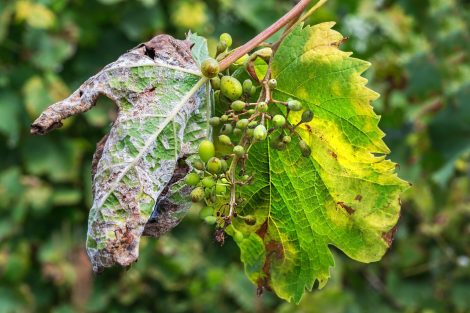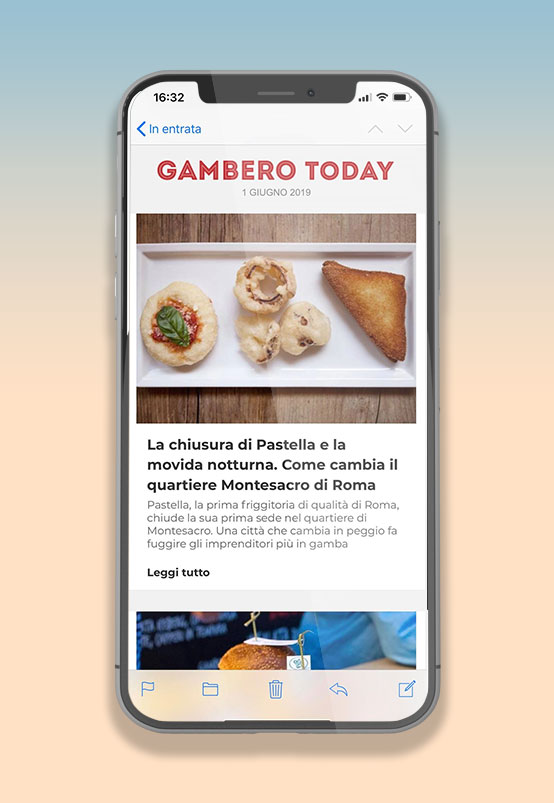Islamic rules on food consumption
When Ramadan starts, when it ends, and what it entails is never so clear. Special dishes and celebrations, which vary across Islam, remain mostly unknown, even when they are embraced by next-door neighbors. As the number of Muslim immigrants grows in the cities of the Global North, and their customs are frequently the target of suspicion if not outright animosity, it is important to look closer at Islamic foodways to understand their origins, reasons, and functioning. At their core are the Islamic rules about food consumption, developed around the central concept of halal, which refers to what is considered permissible in food and in other realms. Besides its cultural and religious relevance, halal has become a thriving segment in the global food market, worth well over a trillion dollars. It is definitely a topic that deserves more attention, especially among those who are interested in food and food culture.
Islamic principles' evolution
“Halal Food: A History”, by historians Febe Armanios and Boğaç Ergene examines the subject not only from the historical point of view, as the title suggests, but also addresses contemporary trends in consumption patterns, production, and trade. After an accessible and exhaustive introduction to halal as a legal concept in Islam, the authors discuss how practices and principles are not stuck in time, but have been constantly evolving. In fact, juridical reasoning has always interacted with historical circumstances and regional preferences, determined by local contexts and their material culture. The authors state: “Muslims’ desire to live according to Islamic principles is complicated by their struggle to better interpret and apply those principles to their constantly changing circumstances. Often, ancient Islamic legal interpretations of what constitutes halal are more flexible than modern expectations, as in the case of halal slaughter and who may perform it… these conceptualizations are being reconstrued as Muslims adjust to new, sometimes radically different and often Western-imported changes to food production and to their dietary worldviews”.
Slaughtering practices
The authors observe how these dynamics play in different aspects of halal food and beverage. Greater attention is being paid to slaughtering because greater numbers of Muslims eat meat today, as their purchasing power improves and they participate in the epochal shift towards greater consumption of meat and dairy among affluent populations. Due to the increase in demand, meat is often imported from non-Muslim countries, which amplifies concerns about the slaughtering practices. At the same time, Armanios and Ergene point out that “radical and pietistic trends” are becoming increasingly popular among Muslims, not only in countries where they constitute the majority but also across migrant communities around the world. Such approaches, which emphasize the relevance of purity and the need to differentiate Muslims from the surrounding communities, use halal as a tool to maintain ritual separation and, in certain cases, cultural isolation. Last but not least, as the market for halal food expands, certification bodies are multiplying; the competition among them to secure segments of the market may stimulate them to set stricter standards that better justify their presence and operations. The book’s authors refer to this phenomenon as the “bureaucratization” and “scientization” of halal.
Sustainability in halal food
Muslims do not live a bubble. The debates about the humane treatment of animals spill over into their communities, where greater attention has been given to how animals are raised and slaughtered, especially regarding pre-slaughter stunning. As more pre-packaged products are industrially manufactured, anxieties about their ingredients are rising. Besides worries about health and nutrition, which Muslims share with consumers of other religions, concerns about the purity of additives, gelatins, and other substances that are added to food to enhance its stability and shelf life are multiplying.
The role of TV and media
Moreover, Muslims are not isolated from the growing interest in food as a form of leisure and self expression. They participate in the mediatization of food on TV, the Internet, and especially social media. New approaches to halal food take into consideration its quality, its flavor, and also how it looks on Instagram, creating what has been defined as “halal cuisine,” worthy of the attention of foodies of all religions. Armenios and Ergene show how the growing focus on halal and the debates that it entails are a result of globalization and migration patterns, which require far-flung Muslim communities to access transnational distribution networks. At a time when a new generation of populist politicians is riding a wave of nativism and at times overt xenophobia in many Western Countries, it is important to be more knowledgeable not only about what Muslims eat, but why and how.
by Fabio Parasecoli
